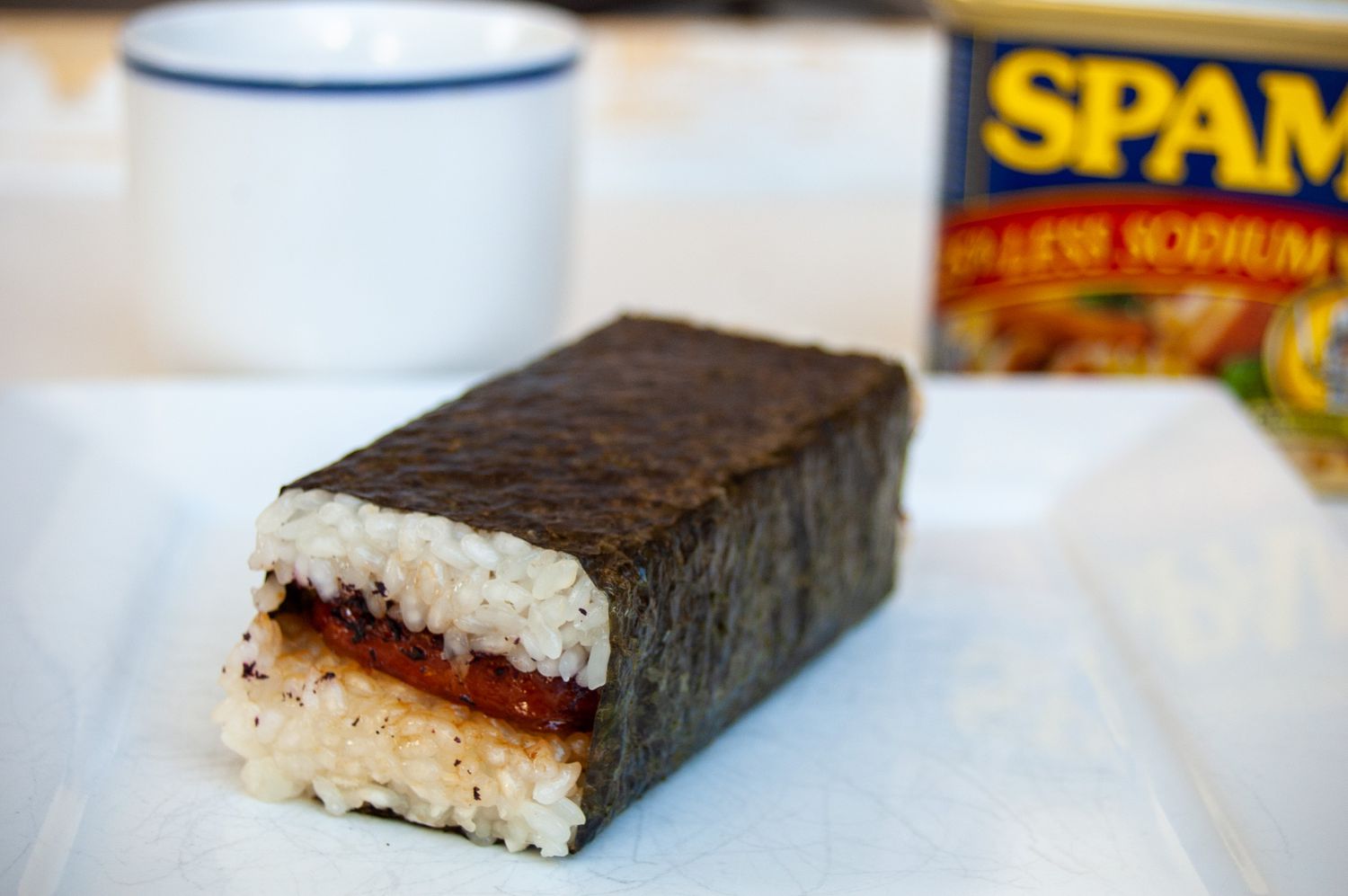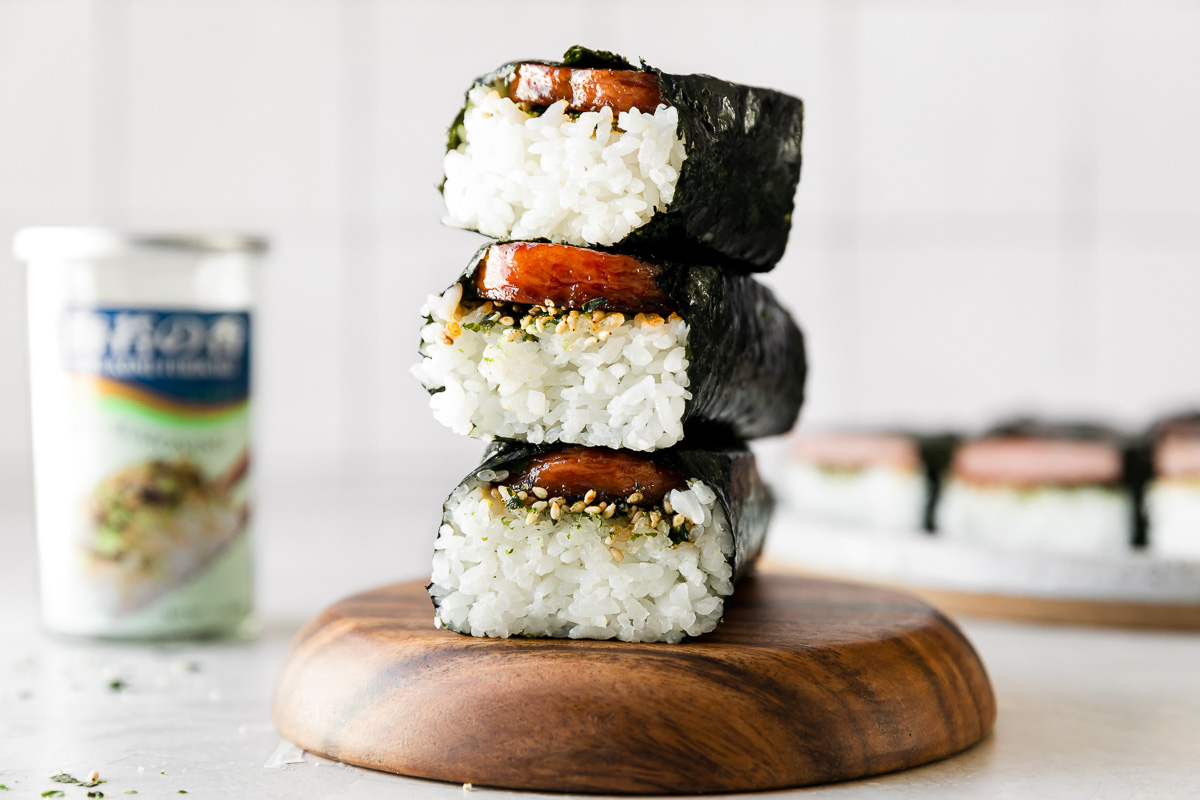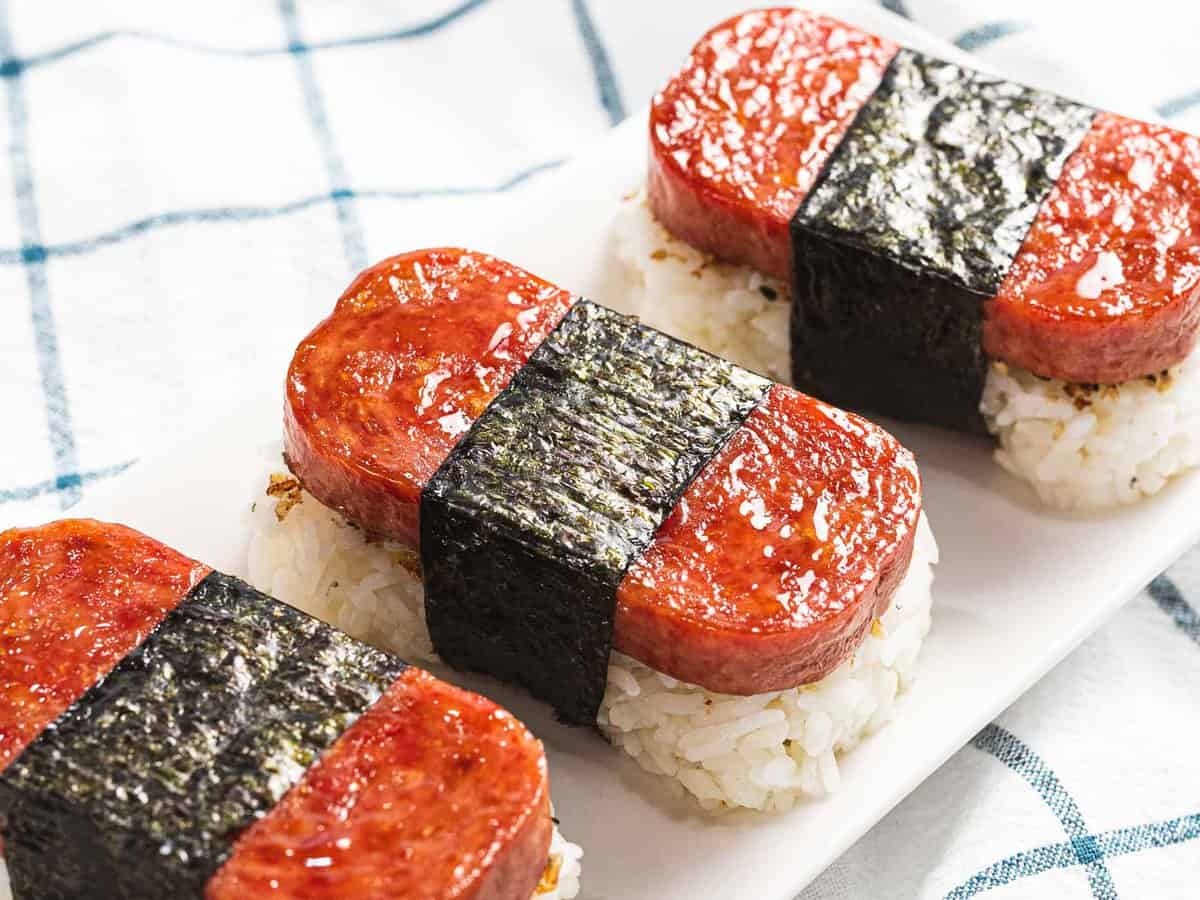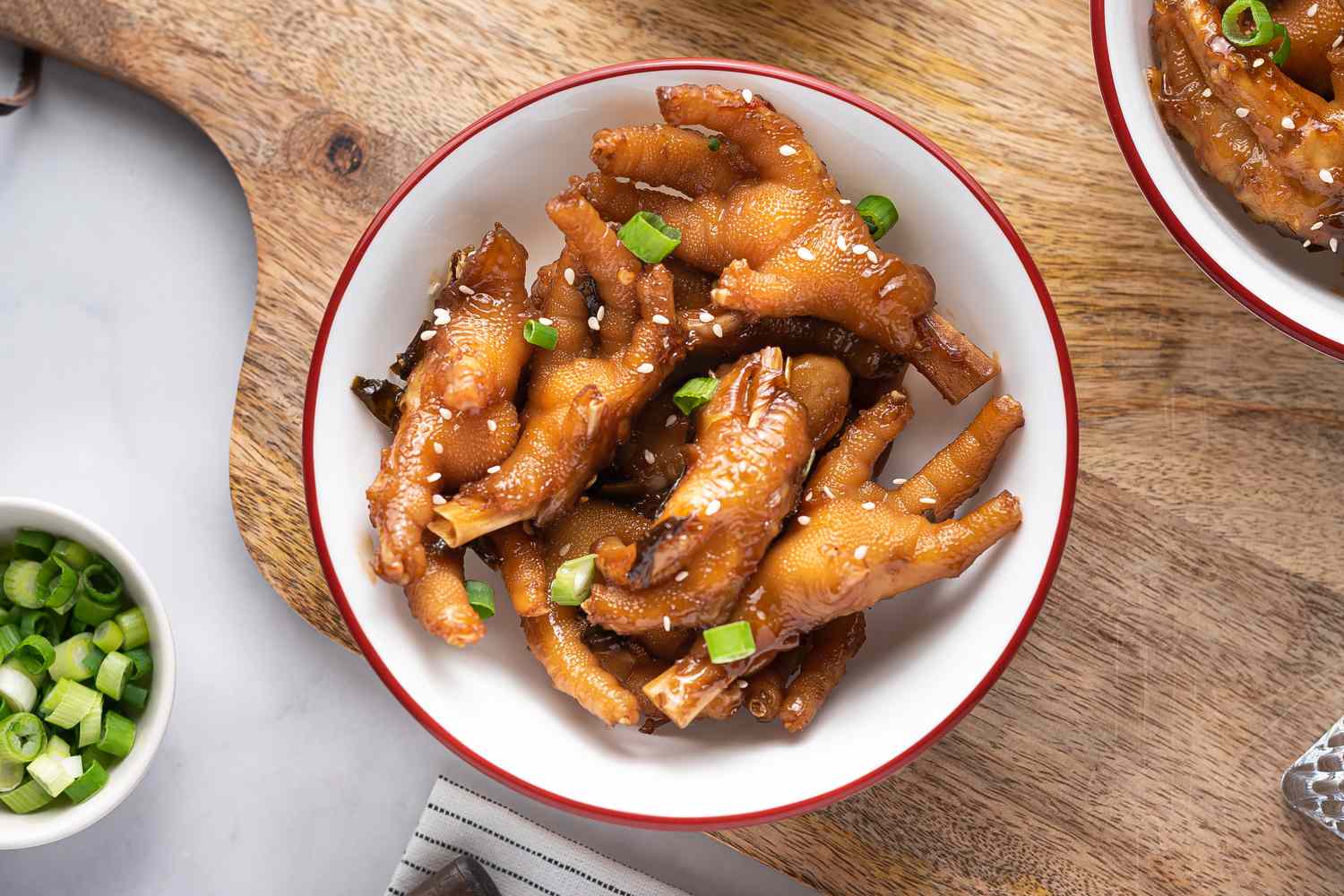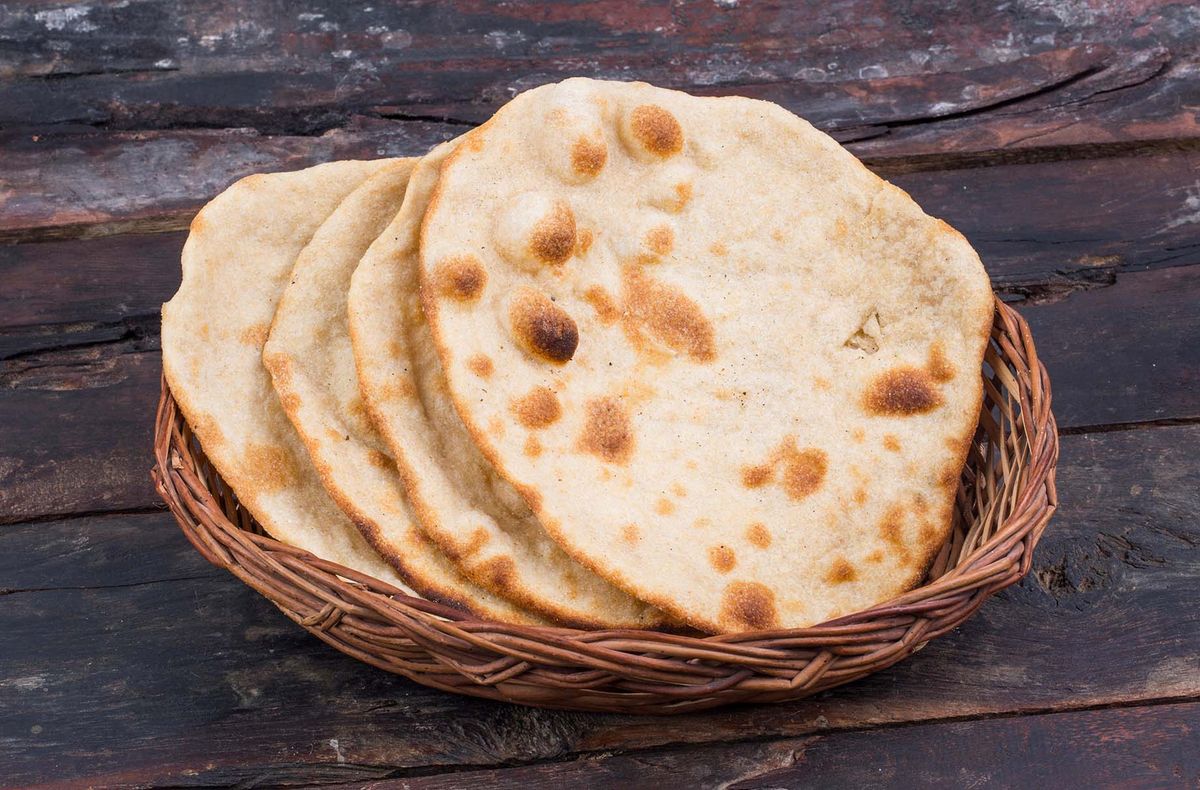How to Enjoy Musubi: A Beginner’s Guide
So, you’ve heard about musubi and you’re curious to try it. Whether you’re a food enthusiast or just someone looking to expand your culinary horizons, musubi is a delicious and convenient snack that’s worth trying. But if you’re not quite sure how to eat it, don’t worry – we’ve got you covered. In this beginner’s guide, we’ll walk you through the ins and outs of enjoying musubi.
What is Musubi?
Musubi is a popular Japanese snack made of rice and various fillings, typically wrapped in nori (seaweed). It’s a versatile dish that can be enjoyed on its own or paired with other foods. The most common type of musubi is made with a slice of grilled Spam on top of a block of rice, but there are countless variations to explore.
How to Eat Musubi
Now, let’s get to the good part – eating musubi! Here’s a step-by-step guide to help you savor this delectable treat:
- Unwrap the Musubi: If your musubi is wrapped in nori, start by unwrapping it to reveal the rice and filling inside.
- Take a Bite: Musubi is typically eaten with your hands, so go ahead and take a bite of the rice and filling. The combination of flavors and textures is sure to delight your taste buds.
- Enjoy the Experience: As you savor each bite, take a moment to appreciate the unique blend of flavors and the satisfying feeling of biting into the soft rice and savory filling.
Tips for Enjoying Musubi
Now that you know the basics of eating musubi, here are a few tips to enhance your experience:
- Pair it with a Beverage: Musubi pairs well with a variety of beverages, such as green tea, iced coffee, or even a refreshing fruit juice.
- Try Different Fillings: While Spam musubi is a classic choice, don’t be afraid to explore other fillings, such as teriyaki chicken, grilled salmon, or even vegetarian options like egg or avocado.
- Experiment with Condiments: Enhance the flavor of your musubi by adding condiments like soy sauce, sriracha, or a sprinkle of furikake (Japanese seasoning).
Where to Find Musubi
If you’re eager to try musubi but don’t feel like making it yourself, you’re in luck. Many Japanese restaurants, convenience stores, and specialty food shops offer musubi for purchase. Keep an eye out for this tasty snack during your culinary adventures.
Final Thoughts
Now that you’re equipped with the knowledge of how to eat musubi, it’s time to embark on your musubi-eating journey. Whether you’re enjoying it as a quick snack or incorporating it into a meal, musubi is a delightful dish that’s sure to leave you craving more. So, go ahead – take a bite and savor the flavors of this beloved Japanese treat.
Remember, the key to enjoying musubi is to embrace the experience and savor each delicious bite. With a little bit of curiosity and an open mind, you’ll discover just how delightful musubi can be.
